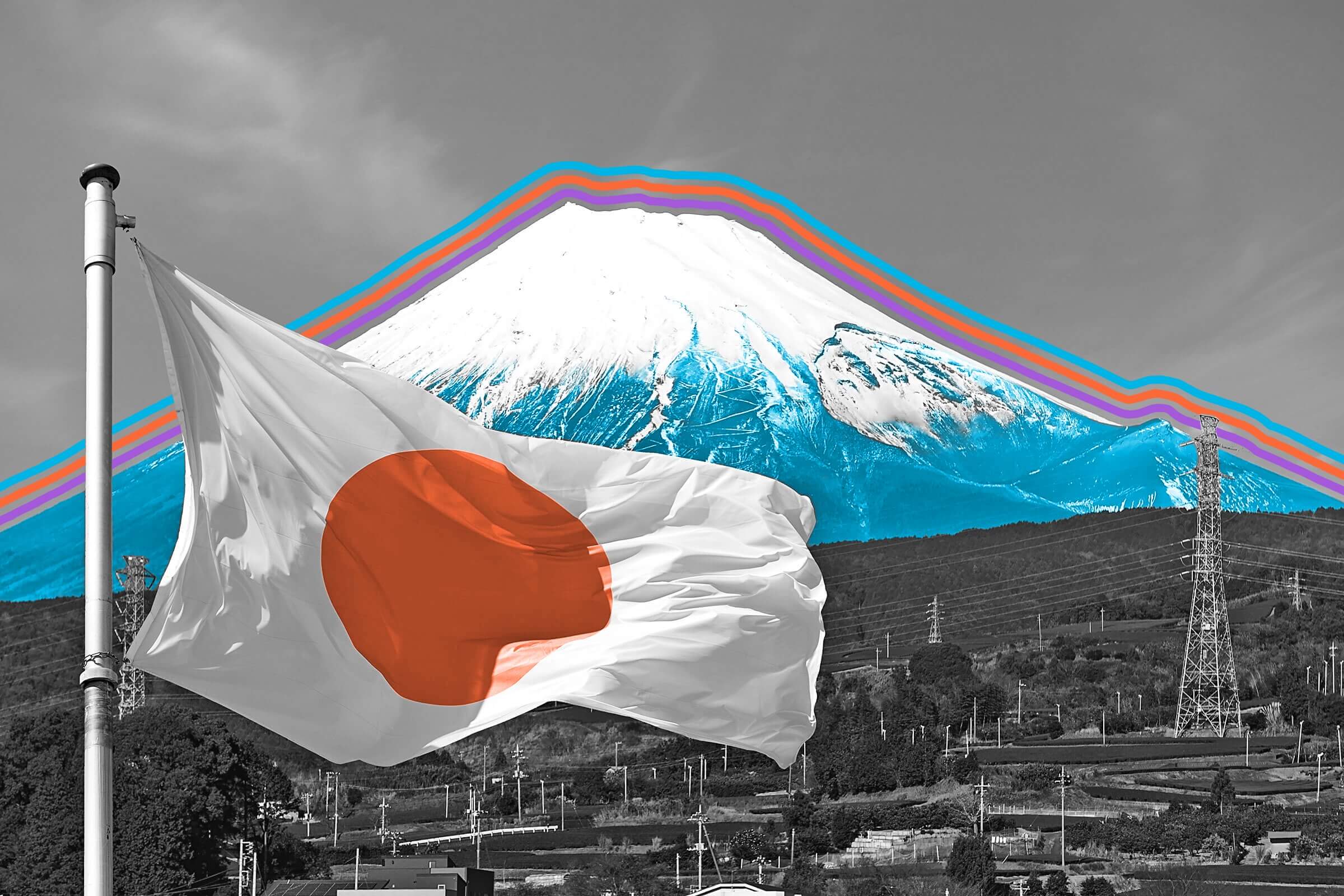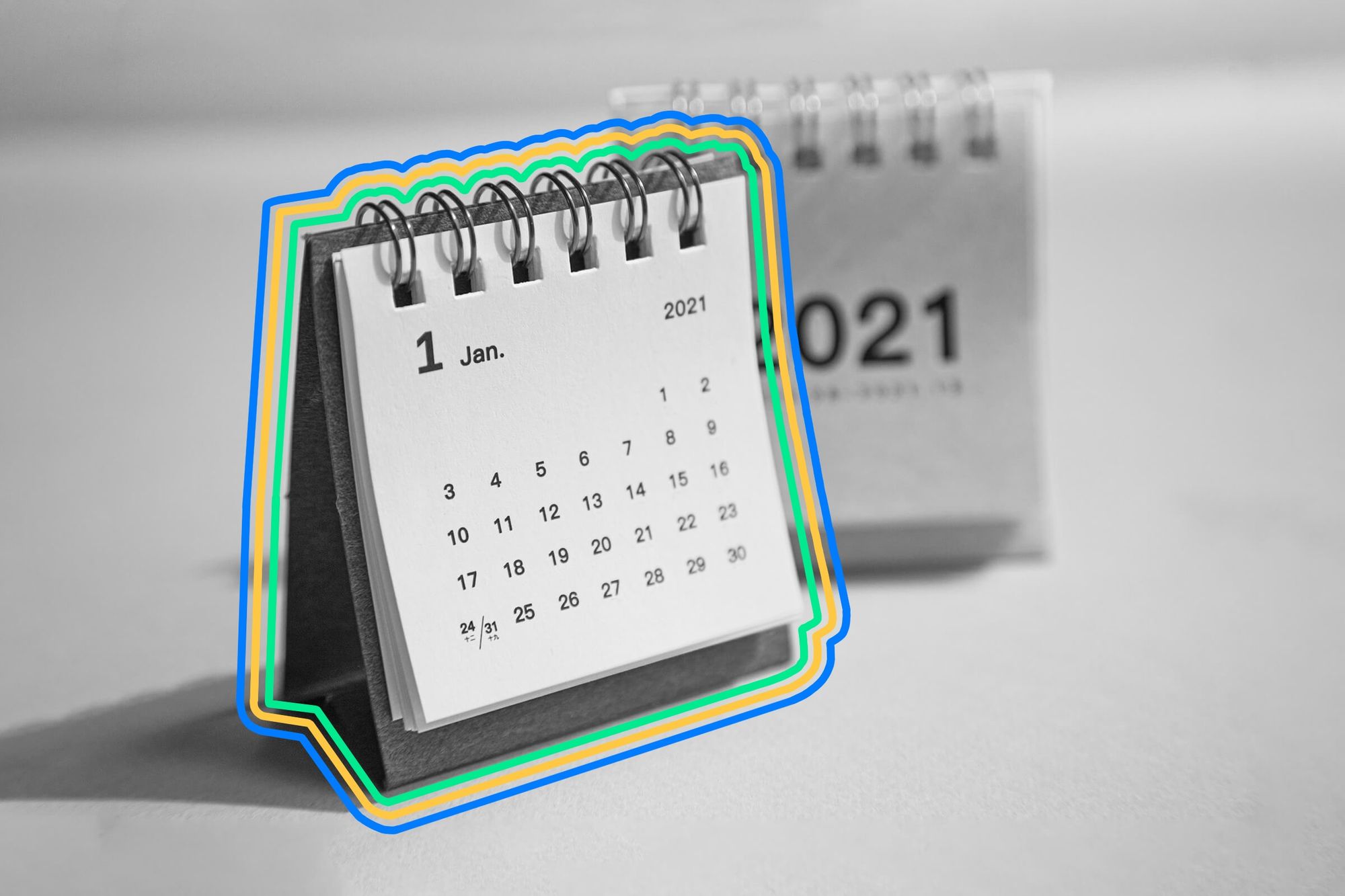
The ancient Japanese calendar had 72 microseasons.
Winter, spring, summer, fall — outside of the tropics and the planet’s poles, most temperate areas of the globe experience the four seasons to some extent, although how we choose to view those weather changes can differ from country to country. Take, for example, ancient Japan’s calendar, which broke the year into 72 microseasons, each lasting less than a week and poetically in tune with nature’s slow shifts throughout the year.
Japan’s microseasons stem from ancient China’s lunisolar calendar, which noted the sun’s position in the sky along with the moon’s phases for agricultural purposes. Adopted by Japanese citizens in the sixth century, the lunisolar calendar broke each season into six major divisions of 15 days, called sekki, which synced with astronomical events. Each sekki was further reduced into three ko, the five-day microseasons named for natural changes experienced at that time. Descriptive and short, the 72 microseasons can be interpreted as profoundly poetic, with names like “last frost, rice seedlings grow,” (April 25 to 29), “rotten grass becomes fireflies” (June 11 to 15), or “crickets chirp around the door” (October 18 to 22).
In 1685, Japanese court astronomer Shibukawa Shunkai revised an earlier version of the calendar with these names to more accurately and descriptively reflect Japan’s weather. And while climate change may affect the accuracy of each miniature season moving forward, many observers of the nature-oriented calendar find it remains one small way to slow down and notice shifts in the natural world, little by little.
Japan’s archipelago has four major islands and thousands of smaller ones, though a recount in 2023 found that there were far more islets than previously known. The island nation has recognized 6,852 islands in its territory since 1987, though advancements in survey technology led to the realization that there are many more — a staggering 14,125 isles in total. In the 1980s, Japan’s Coast Guard relied on paper maps to count islands at least 100 meters (328 feet) in circumference, though surveyors now realize many small landmasses were mistakenly grouped together, lowering the total number. Today, the country’s Geospatial Information Authority uses digital surveys to get a glimpse of the chain’s smaller islands for a more accurate count, while also looking for new islands created from underwater volcanoes. However, only about 400 of Japan’s islands are inhabited, while the rest remain undeveloped due to their size, rugged terrain, and intense weather conditions.

